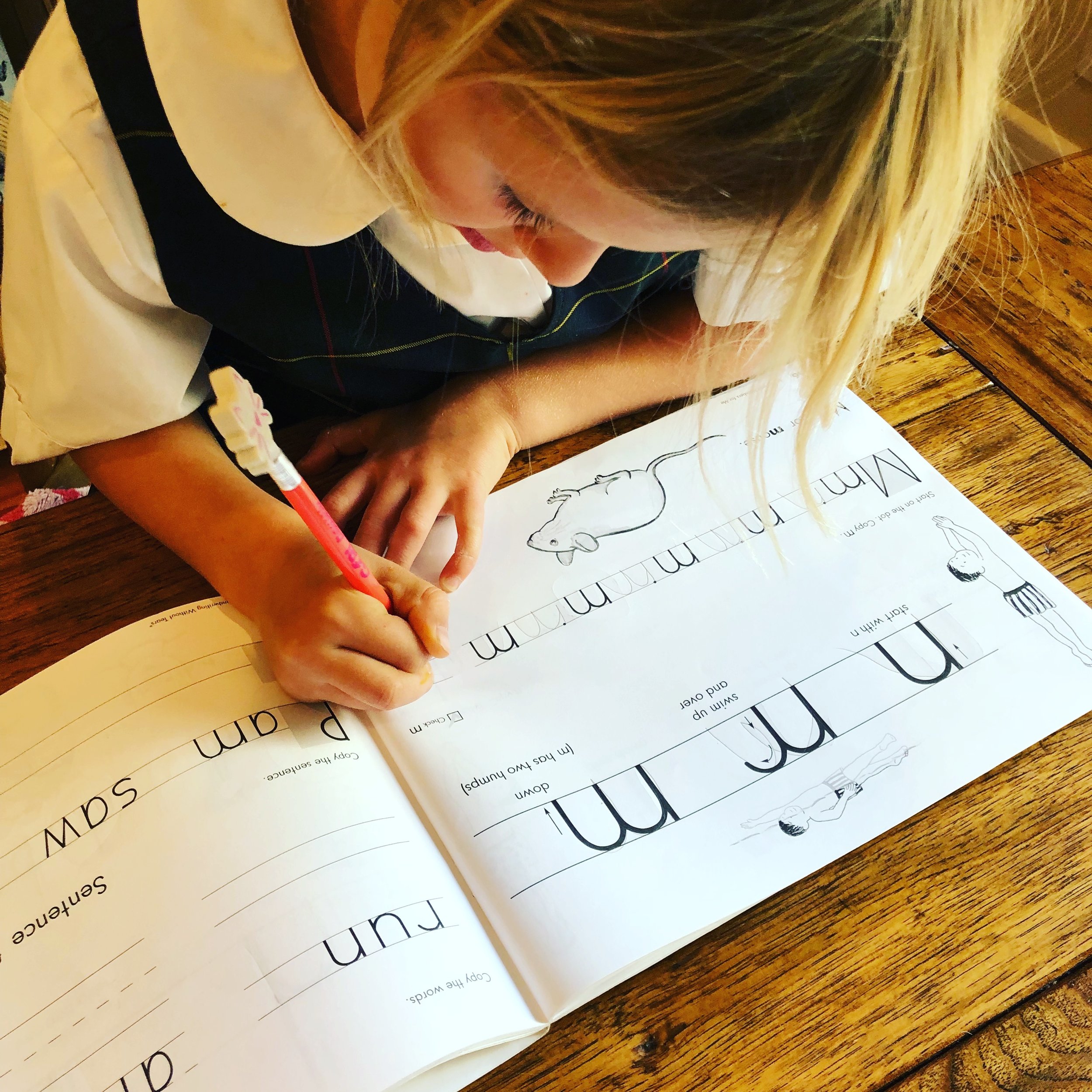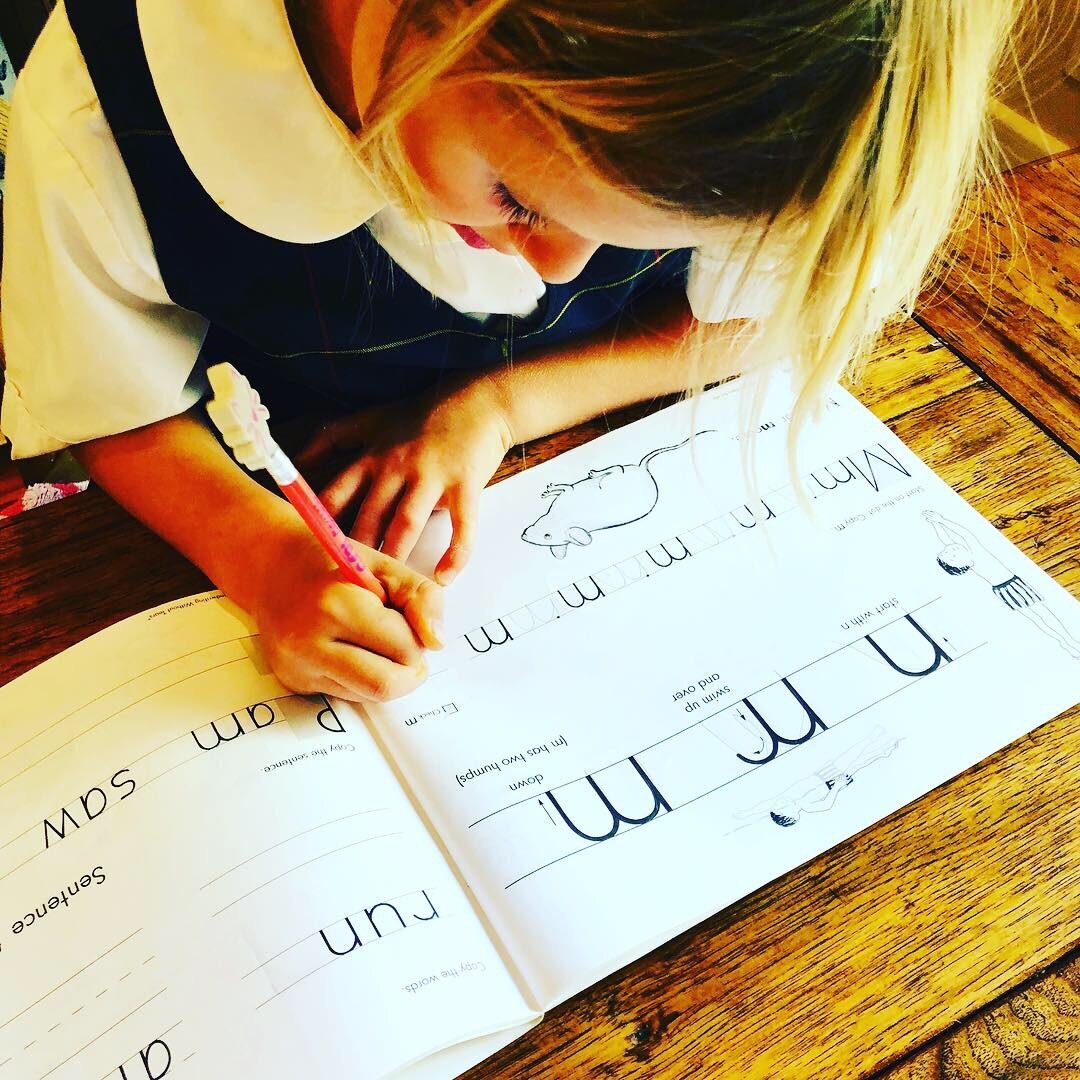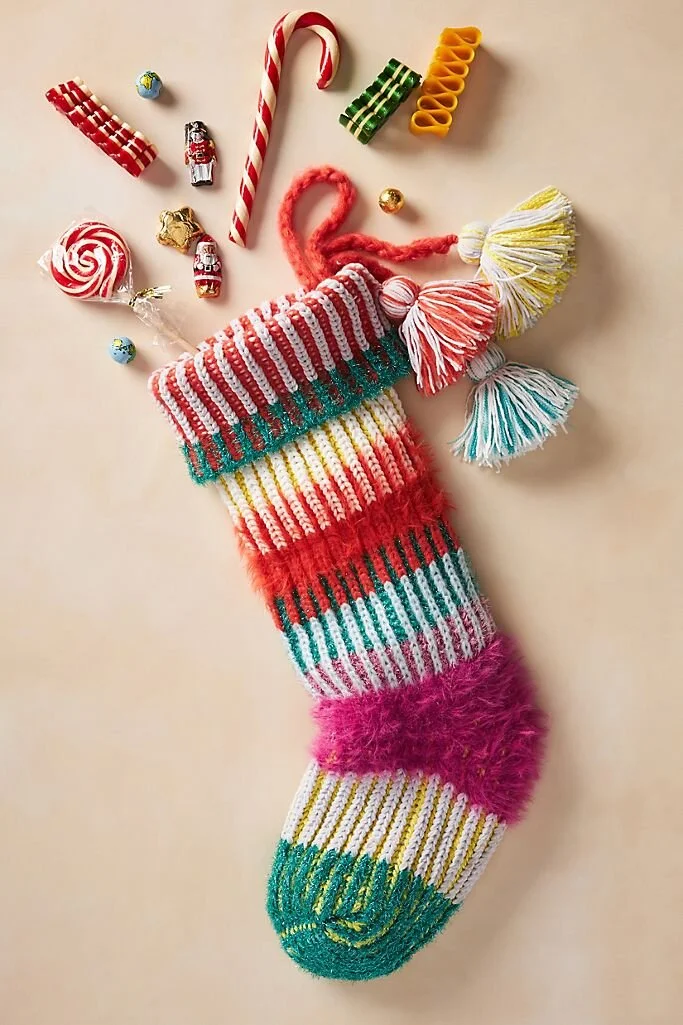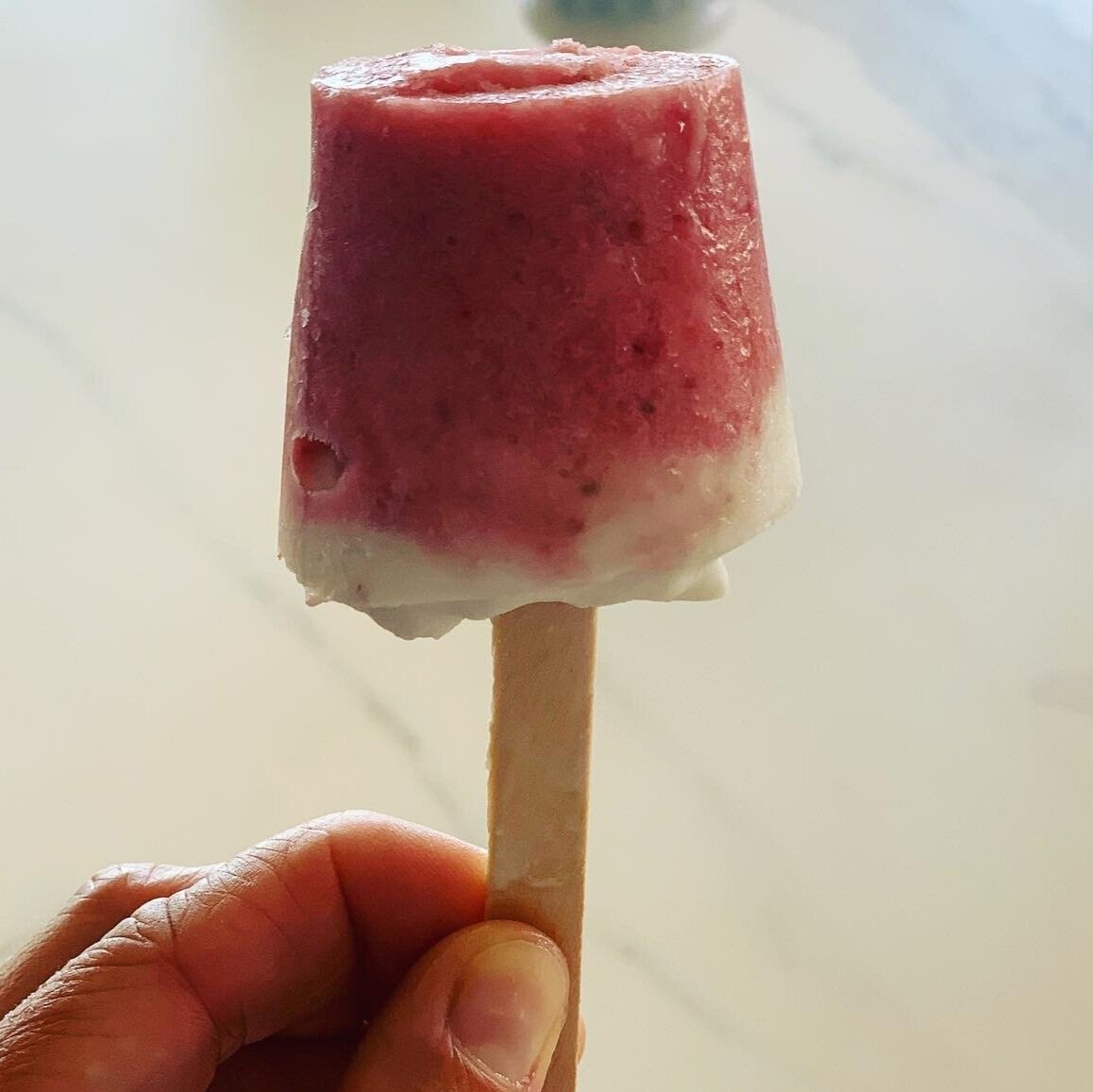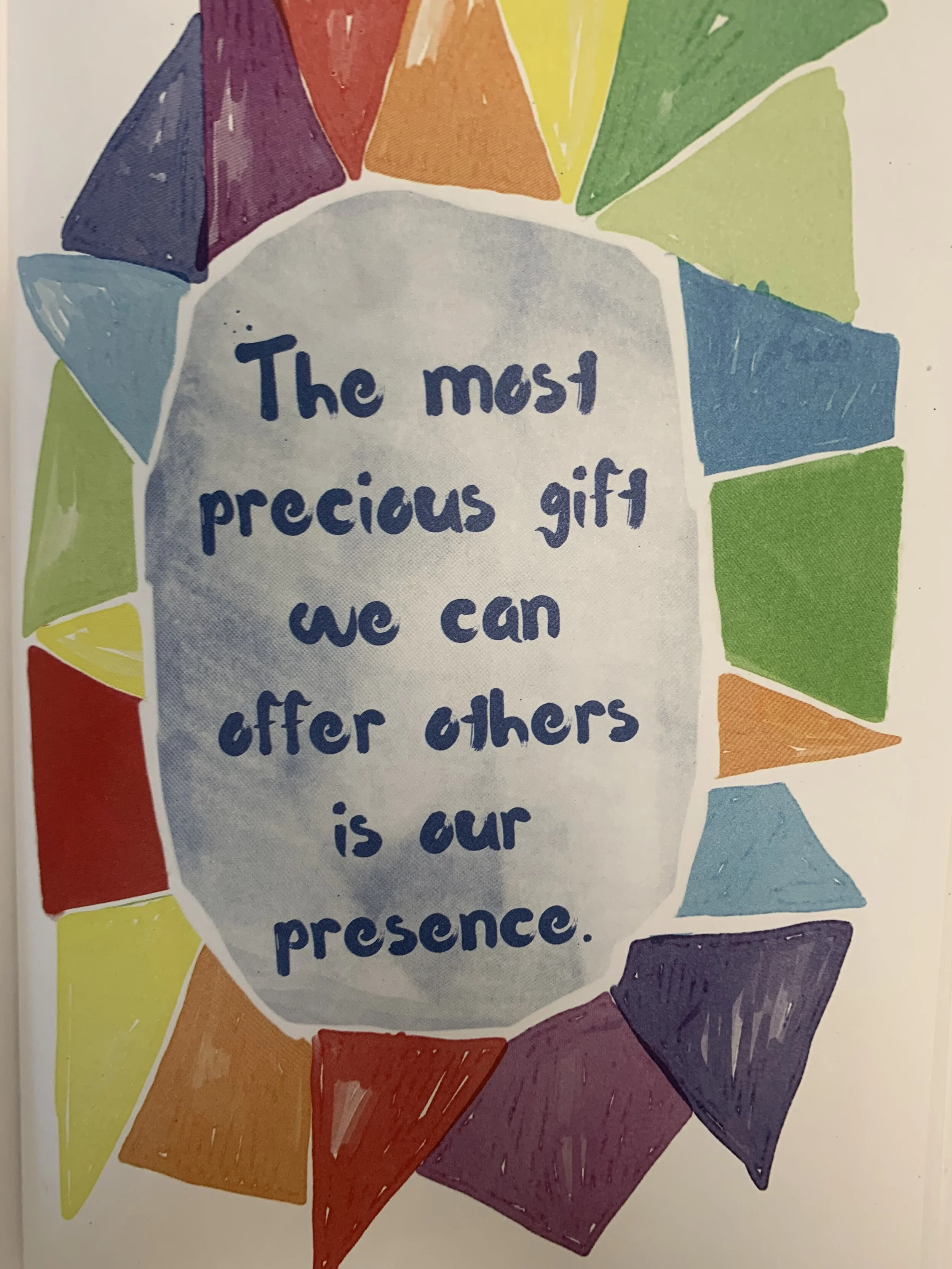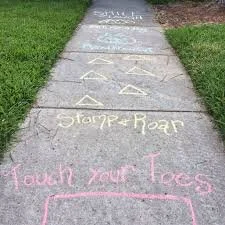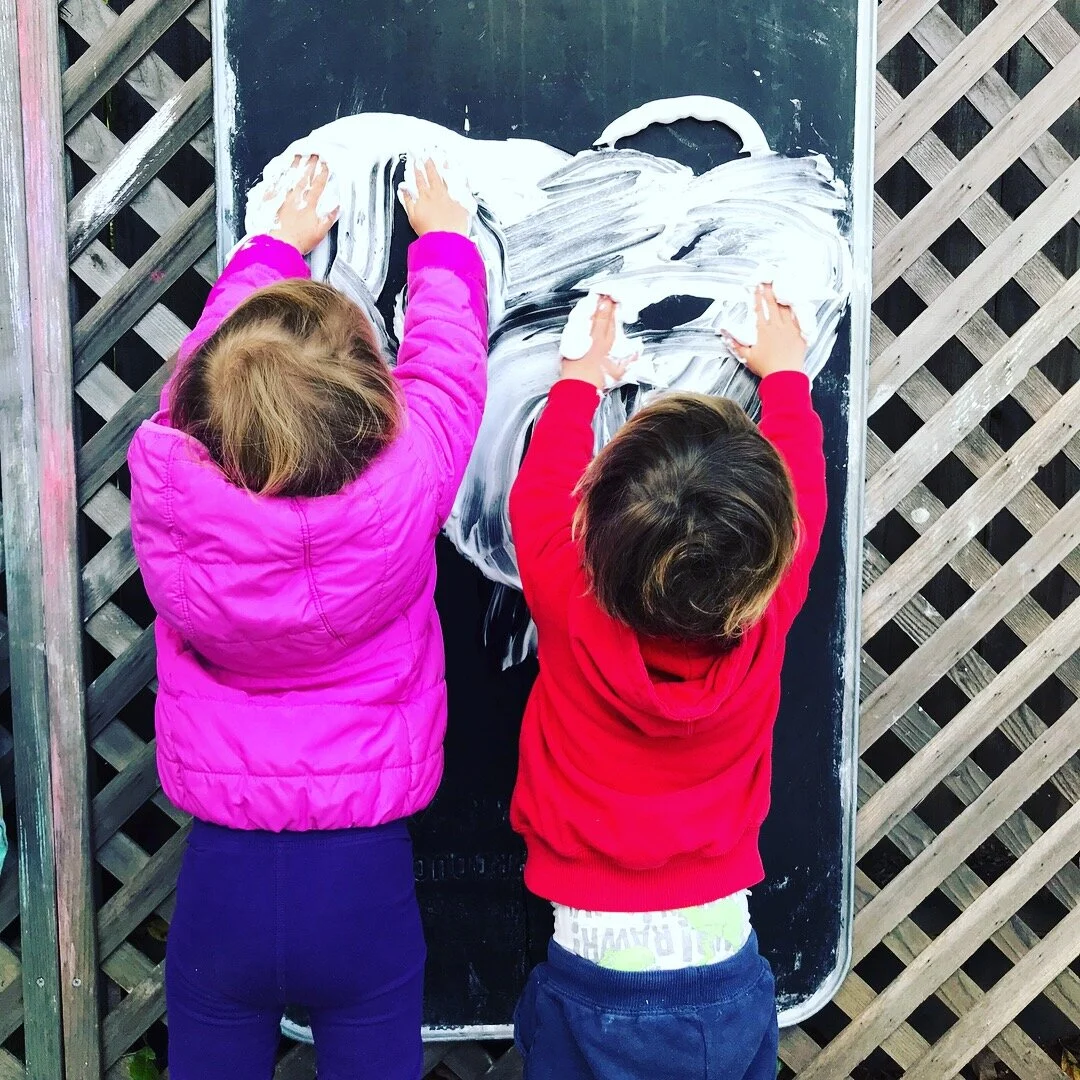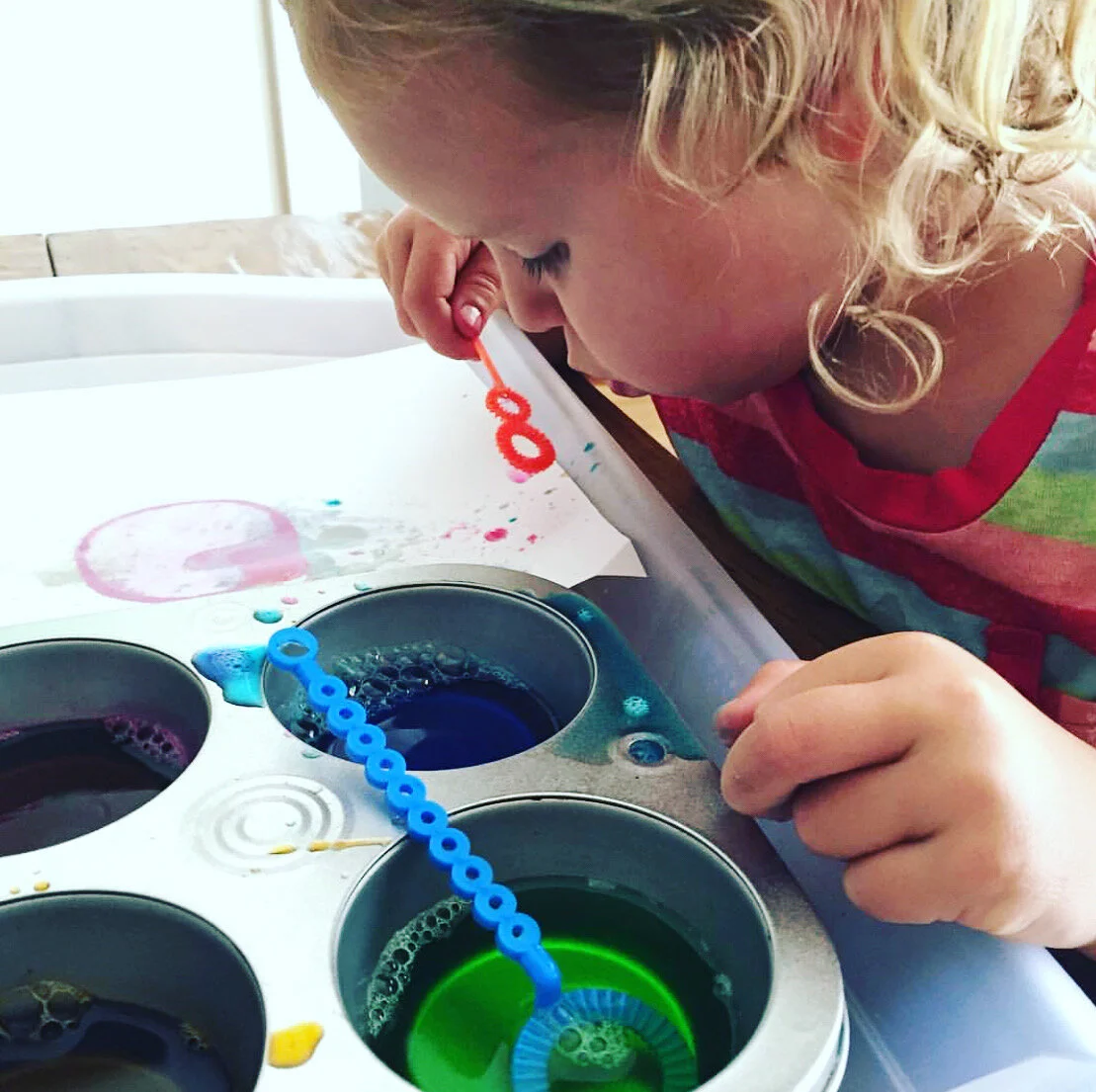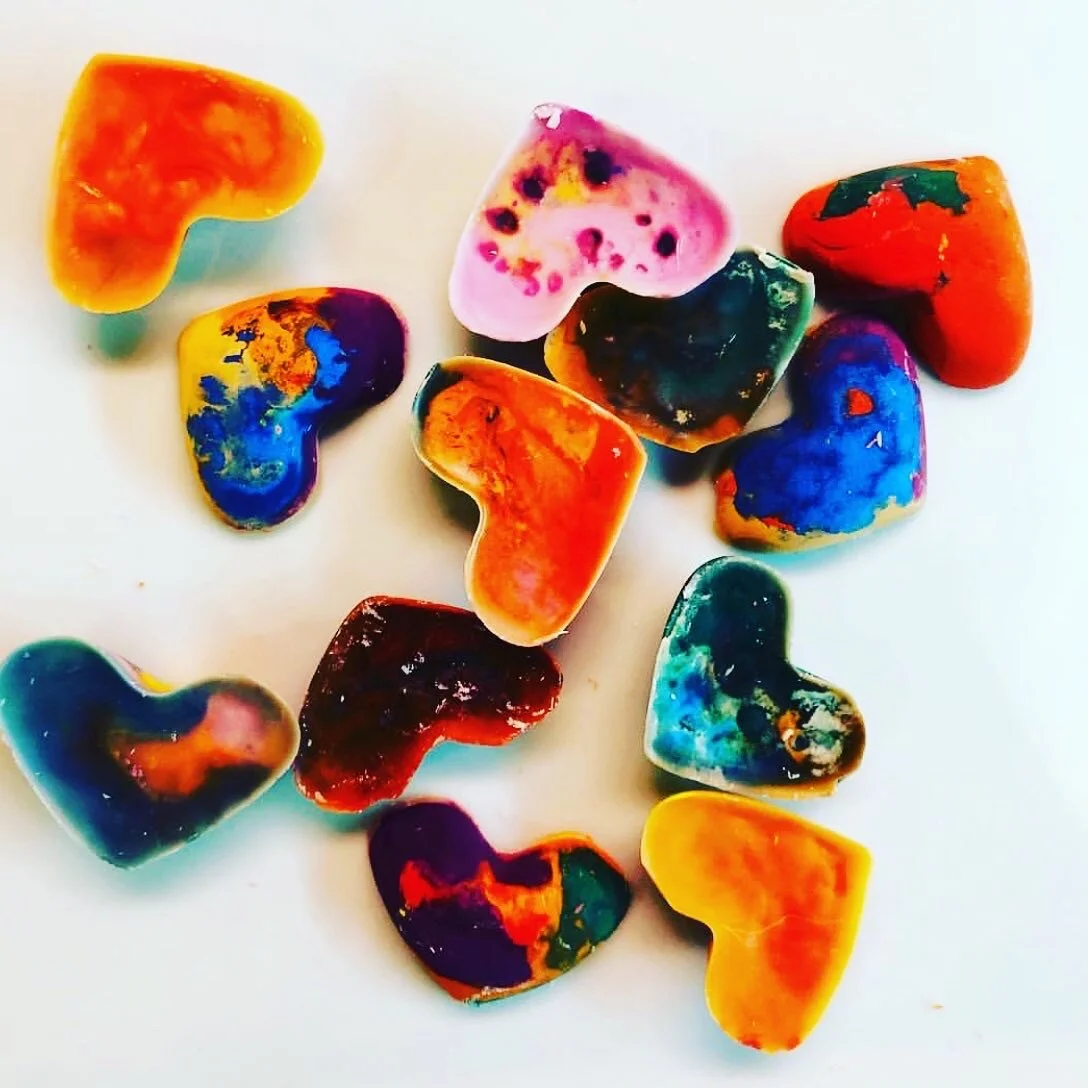In today’s “digital age” there are many people who might say, “we don’t need to teach handwriting- kids will be typing everything.” Or for the child who has messy illegible handwriting, “it’s okay, he can type everything.” I’m going to delve into this a bit more based on what research is telling us and what we can do to help children with dysgraphia or illegible handwriting. When speaking about “handwriting,” I include printing and cursive and use “handwriting” as a global term for both.
Studies have found that legibility improves with handwriting instruction compared to a control group that did not receive formal handwriting instruction. When children received handwriting instruction, their pre-reading skills including letter identification also improved. It is also fascinating to read studies about functional MRIs that compare which parts of the brain are firing when engaging in cursive writing compared to typing. Cursive requires the activation of multiple centers of the brain. When multiple centers are “lit up,” the left and right hemispheres of the brain are communicating. When this happens, neural pathways are being strengthened. In the case of cursive, this helps to strengthen pathways that help with specialization, focus, and spills over to enhanced reading and writing.
Studies have also found that children with improved fine motor skills achieve higher reading and math scores throughout their educational career- even on the SAT and ACT!
So what can you do to help your child or client with handwriting?
Handwriting should always be fun for young children! It is so exciting for them to be able to begin to form recognizable shapes that eventually become the letters of their name, then the letters of their family members, and as they develop reading skills, they are soon able to write down their thoughts and turn them into stories!
When children are young, the most important thing to remember before focusing on drawing lines and shapes is developing their fingers! Building foundational skills such as hand strength, finger dexterity, and in-hand manipulation skills is critical before children are expected to begin to write letters. How do you do this? Use their fingers to draw horizontal, vertical, and diagonal lines in shaving cream, yogurt, sand trays. Start to make big circles on an easel with shaving cream or finger paints. Play with play dough and roll out the lines and circles, hide objects in the play dough to work the fingers in a pincer grasp. Practice picking up small items with a pincer grasp. This can be anything from Cheerios to Perler Beads to stringing beads on a lace.
Here is the developmental sequence of simple lines and shapes, but remember this is a range so some children may do these things earlier or some later, and that is normal, just like there is a range for walking. If your child is 5 and still has difficulty with some of the lines and shapes that are commonly mastered by age 2 or 3, that is an example of when you might consider contacting an OT for some intervention…
Vertical Line – Age 2 imitates, age 3 copies/masters
Horizontal Line – Age 2 1/2 imitates, age 3 copies/masters
Circle – Age 2 1/2 imitates, 3 copies/masters
Cross (+) – Age 3 1/2 imitates, age 4 copies
Square – Age 4
Right/Left Diagonal Line – Age 4 1/2
X – Age 5
Triangle - Age 5
So given these norms, consider when a preschool or pre-kinder program is expecting children ages 3 and 4 to hold an adult size pencil and begin to write letters with intersecting and diagonal lines. That can be pretty frustrating for kiddos. If a child is showing interest in writing their name and the letters are more complex, follow their lead but encourage writing it with their fingers in finger paint or shaving cream rather than with a large adult-sized pencil. Use broken crayons or crayon rocks to encourage a functional grasp rather than holding it with the entire palm, if they want to use a pencil, use a golf pencil to help facilitate proper grasp patterns.
Now, I’ve worked with children who REALLY want to start writing. They may have an older sibling who does “homework” or they just love letters and numbers. My favorite ways to do this are away from paper and pencil. Instead, write letters on a chalkboard with small pieces of chalk so not only are they practicing proper pencil grips but they are also building shoulder strength by writing on a vertical surface. I take the focus out of the formation but will give gentle reminders to “start at the top” and sing a fun song so that they begin to build proper writing habits. When children are in pre-k, you can begin to teach proper letter formation with fun activities like building the letters out of wood pieces, play dough, writing in sidewalk chalk, and even some fun work books that help build their habits if the interest is theirs, not the adult’s.
These are my go-to, absolute favorite ways to begin to work on letter formation with the 3-5 age group (not sponsored, just my favorites now for 10+ years!):
Some other ways that you can begin to build in-hand manipulation skills that will help with holding a pencil correctly and having good motor control for writing is picking up coins and placing them in a piggy bank. As children get more skilled with this, challenge them to hold a few coins in their palm while they move one to their thumb and index finger to place it in the slot without using their other hand. This in-hand manipulation skill is essential for writing and cutting because the child is then able to “separate” the sides of the hand and use the thumb and index for small movements while stabilizing the other fingers against the palm, just like we do when we write!
My favorite way to do this is cutting a slit in a tennis ball and filling it with pennies- kids get a kick out of “tennis ball man!”
Using a multi-sensory approach not only keeps writing fun, but it also helps strengthen motor memory and automaticity. Here are some fun ways that we have added a multi-sensory component…
Engage children in meaningful activities for writing like making their own placemat or place to sit (like a carpet square but choose a heavy-weight fabric such as canvas).
If you have an older child or client who has illegible writing, it does not mean that all hope is lost. Going back to these foundational skill components, building new habits, and continuing to engage them in meaningful activities can help to remediate their handwriting. When the child does become increasingly frustrated and develops a “block” about writing, take a step back and engage them in fun activities that work on the skills needed like hand strength, fine motor dexterity, and find small fun ways to write rather than a drill approach that will further frustrate them. In those cases, for longer assignments, word processing would be a better option but handwriting should continue to be a part of their life to strengthen those neural pathways. If those pathways are not used, they will get weaker over time. Stay tuned for a post about typing programs at a later date….
When children practice writing with activities that are meaningful and they have some ownership of, not only will they enjoy it more and be more motivated, but you will see performance improve and help to develop a frustration-free love of writing and drawing!
References
Klemm, William. (2013, March 14). Why Writing by Hand Could Make You Smarter. Psychology Today. Retrieved from https://www.psychologytoday.com/us/blog/memory-medic/201303/why-writing-hand-could-make-you-smarter
Renaud, Jean-Paul. (2012, January 18). Good Handwriting and Good Grades: FIU Researcher Finds New Link. FIU Magazine. Retrieved from https://news.fiu.edu/2012/01/good-handwriting-and-good-grades-fiu-researcher-finds-new-link/34934
Sang-Min, Seo. (2018). The Effect of Fine Motor Skills on Handwriting Legibility in Preschool Age Children. Journal of Physical Therapy Science, 30(2), 324-327.
Zylstra, S. E., & Pfeiffer, B. (2016). Effectiveness of a Handwriting Intervention With At-risk Kindergarteners. American Journal of Occupational Therapy, 70, 7003220020. http://dx.doi.org/10.5014/ajot.2016.018820

